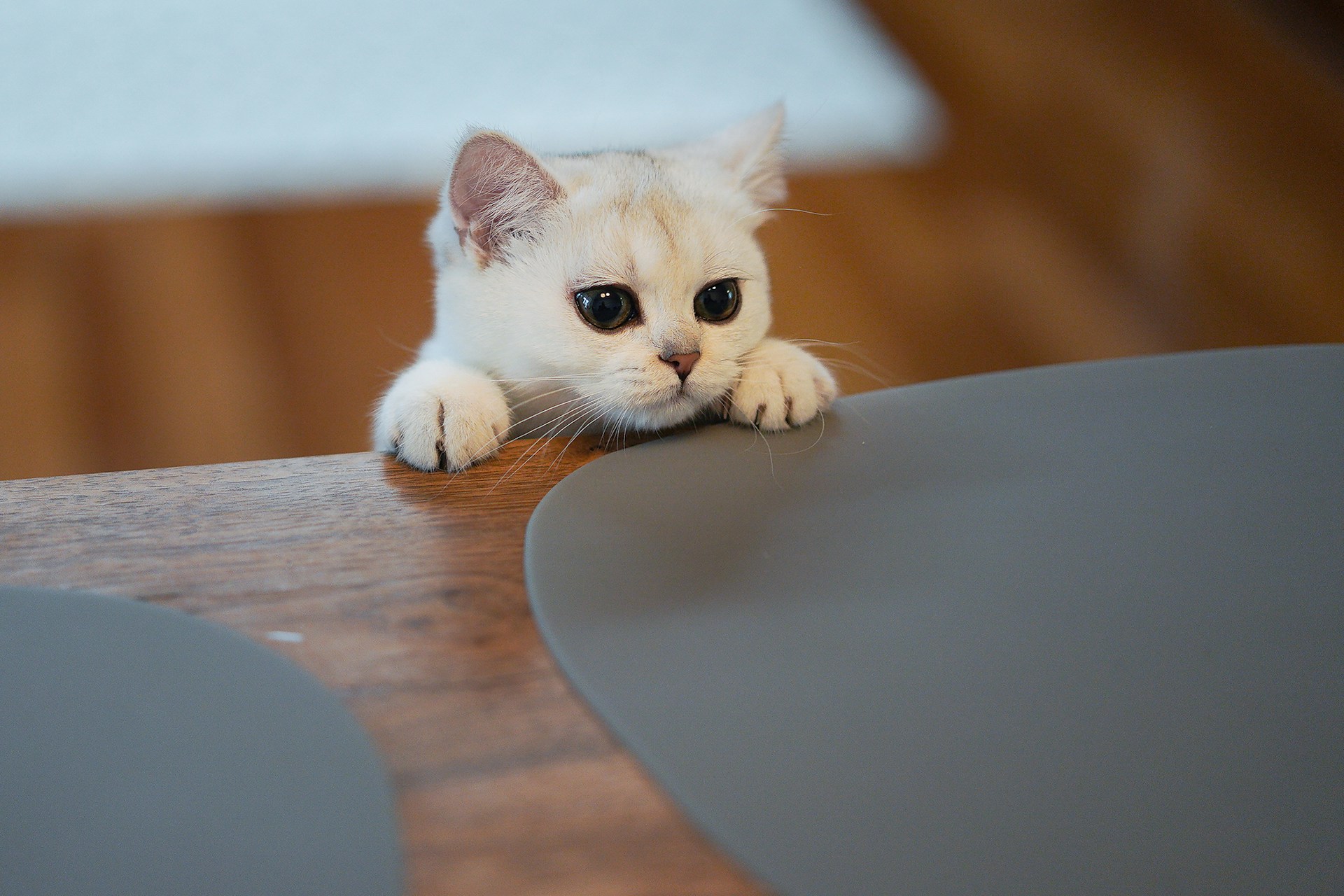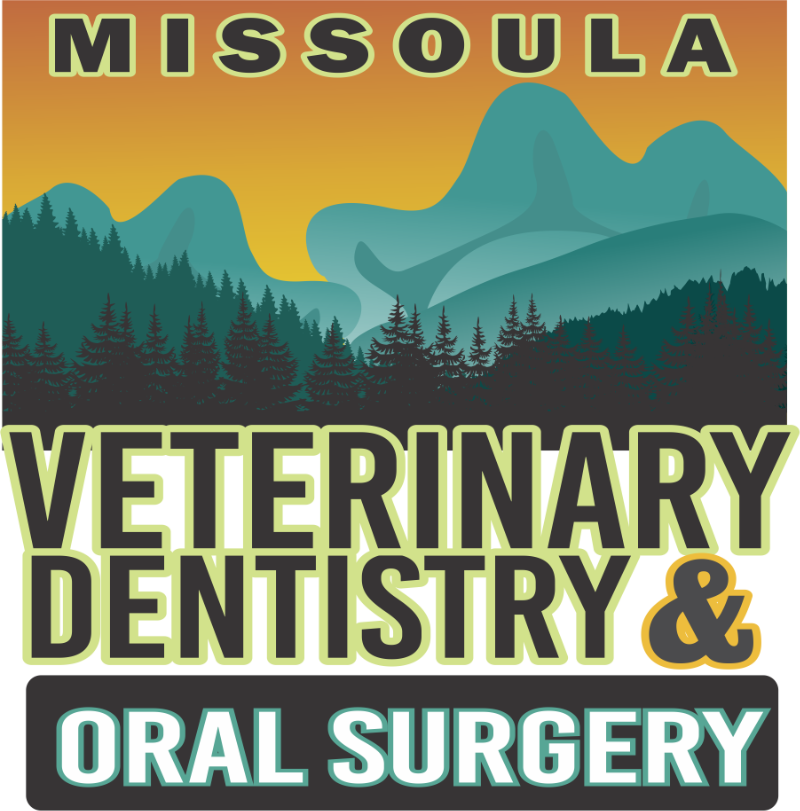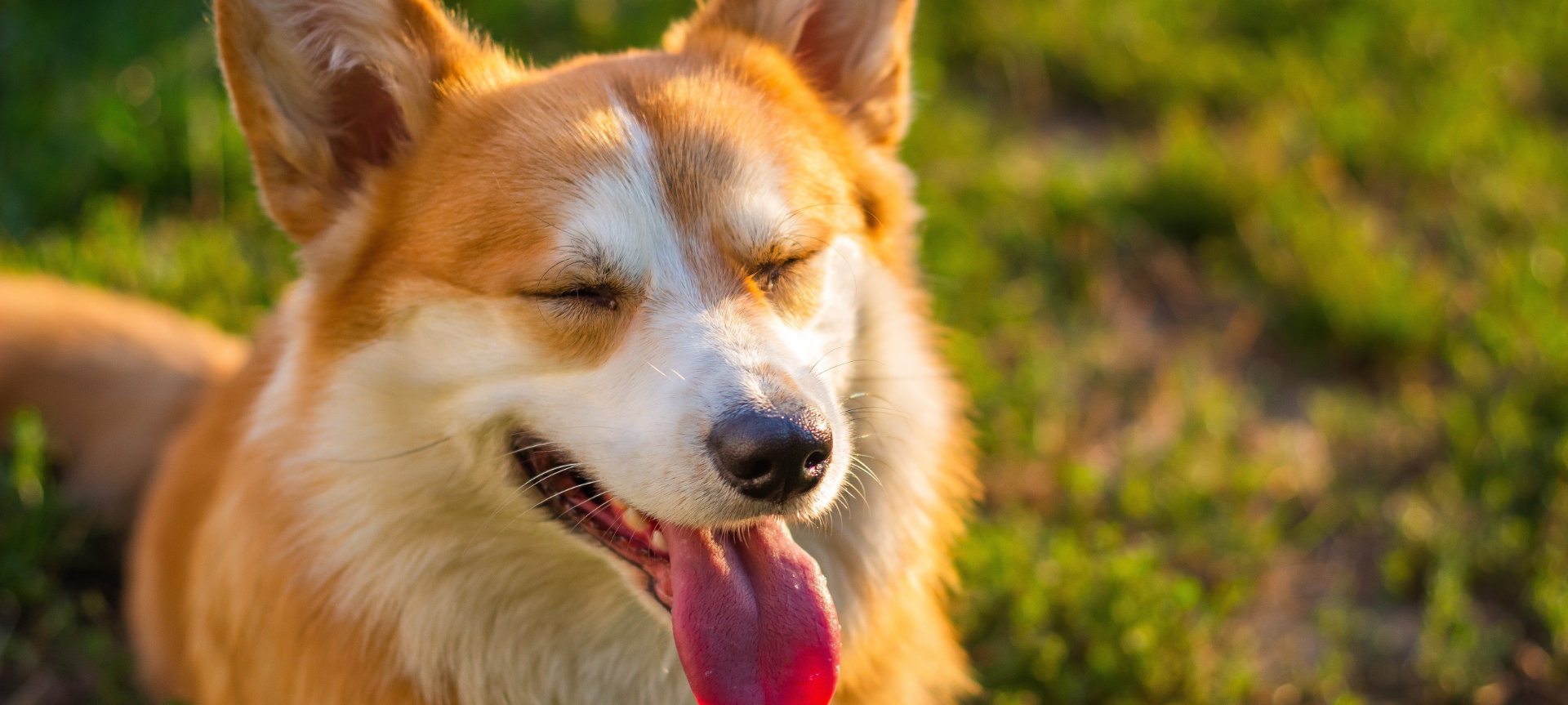
24 Apr My Young Cat’s Mouth Is Inflamed, But Is It Gingivostomatitis?
Gingivostomatitis and juvenile gingivitis are both oral health conditions that affect cats, but they differ in terms of their underlying causes, clinical presentation, and age of onset.
1. Gingivostomatitis:
– Gingivostomatitis, also known as feline chronic gingivostomatitis (FCGS) or stomatitis, is a severe and chronic inflammation of the gums (gingiva) and tissues lining the mouth (oral mucosa) in cats.
– This condition typically affects cats of all ages, although it is more commonly seen in middle-aged to older cats.
– The exact cause of gingivostomatitis is not fully understood, but it is believed to involve a complex interplay of factors, including genetic predisposition, immune system dysfunction, dental plaque and tartar buildup, viral infections (such as feline herpesvirus and calicivirus), bacterial overgrowth, and environmental stressors.
– Clinical signs of gingivostomatitis may include severe inflammation of the gums and oral tissues, pain or discomfort while eating or drinking, drooling, halitosis, difficulty swallowing, oral ulcers or lesions, weight loss, and behavioral changes.
2. Juvenile Gingivitis:
– Juvenile gingivitis, also referred to as juvenile-onset gingivitis, is a form of gingival inflammation that specifically affects young cats under the age of two years. Eruption of adult teeth through the gum tissue is inherently an inflammatory process, but that inflammation sticks around even once all of the adult teeth are in their final position in the oral cavity.
– Unlike gingivostomatitis, juvenile gingivitis is characterized by early onset and tends to occur in kittens or young cats before they reach maturity.
– The exact cause of juvenile gingivitis is not fully understood, but it is thought to be multifactorial and may involve factors such as poor oral hygiene, plaque and tartar accumulation, dietary factors, and genetic predisposition.
– Clinical signs of juvenile gingivitis may include redness and swelling of the gums, bleeding gums, bad breath, reluctance to eat or groom, and mild discomfort.
– Unlike gingivostomatitis, which often presents with severe and chronic inflammation throughout the mouth, juvenile gingivitis primarily affects the gums and may be less severe in nature.
Cat Dentist in Missoula, Montana
In summary, while both gingivostomatitis and juvenile gingivitis involve inflammation of the gums in cats, they differ in terms of their age of onset, underlying causes, and clinical presentation. Gingivostomatitis is a severe and chronic condition that can affect cats of all ages and is associated with a complex interplay of factors, including immune dysfunction and viral infections. In contrast, juvenile gingivitis specifically affects young cats and is characterized by early onset gingival inflammation, often attributed to factors such as plaque accumulation following eruption of adult teeth. Prompt veterinary evaluation and appropriate management are essential for both conditions to alleviate discomfort and promote oral health in affected cats. If you have any concerns about your cat’s oral health, please don’t hesitate to contact Missoula Veterinary Dentistry and Oral Surgery.
Images used under creative commons license – commercial use (4/24/2024). Photo by YoonJae Baik on Unsplash



